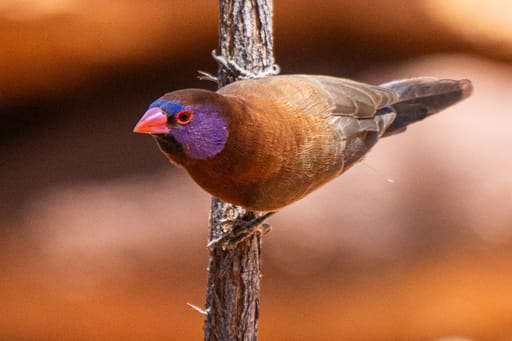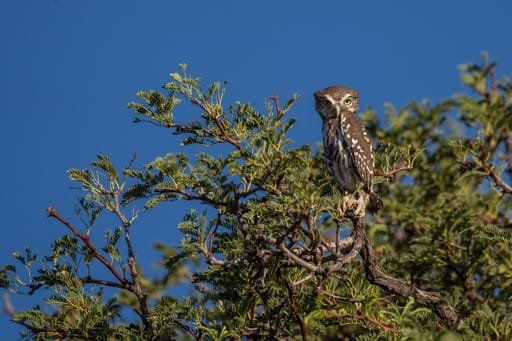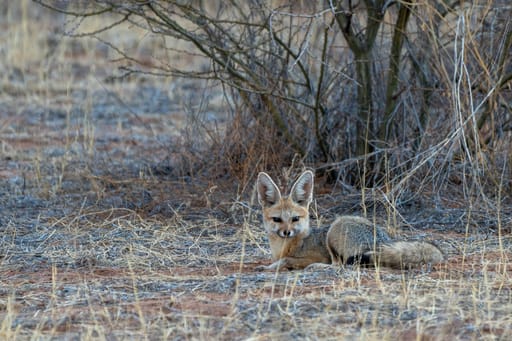Take a good hard look at the sand in front of you. Imagine you could know not only which mammals have been walking there, but also which birds. There are numerous well known bird species which top trackers can identify by their tracks, but also a range of others that are obscure until one really starts paying real attention! This is where the bird trackers steps in!

The annual Birding Big Day was a fun opportunity to get the whole Tswalu Kalahari guide and tracker team involved in this citizen science event. Normally one records just the total number of species. We changed things up and embarked on what may be a safari first. Some creative thinking and teamwork got us to the point of awarding points per species. 1 for seeing, 1 for hearing and a potential third point for identifying the tracks (with a photo as proof!).

The action started pre-dawn as teams headed out recording the sounds of owls and early birds (mostly Fawn-coloured Larks). With so few insects around it was no surprise to see no nightjars at all. The first track was that of a Red-crested Korhaan seen walking nearby. Early drinking birds – a quartet of all four buntings at the same waterhole. Mid-morning was the time to see the flocks of endemic Burchell’s Sandgrouse coming to drink – a real Kalahari spectacle. Some teams recorded some cuckoos, but very few migrant species had arrived. The only regulars were Spotted Flycatcher, Red-backed Shrike and European Bee-eaters.


We also recorded mammals with the highlight being labelled the honorary bird for the day! Black Rhino, Cape Fox and Cheetah were some of them.

It was a hot, but fun day out. Laughing, learning and a little competitive too with Southern Pied Babblers and Mountain Wheatears only being recorded late in the day by some teams. A very late Spotted Eagle-owl hoot sounded after the clock had stopped. The 5 teams recorded a total of 126 species on the day with Team Skoppies winning on 100 species and also the most points loaded with plenty of tracks! Well done! You know who you are!



